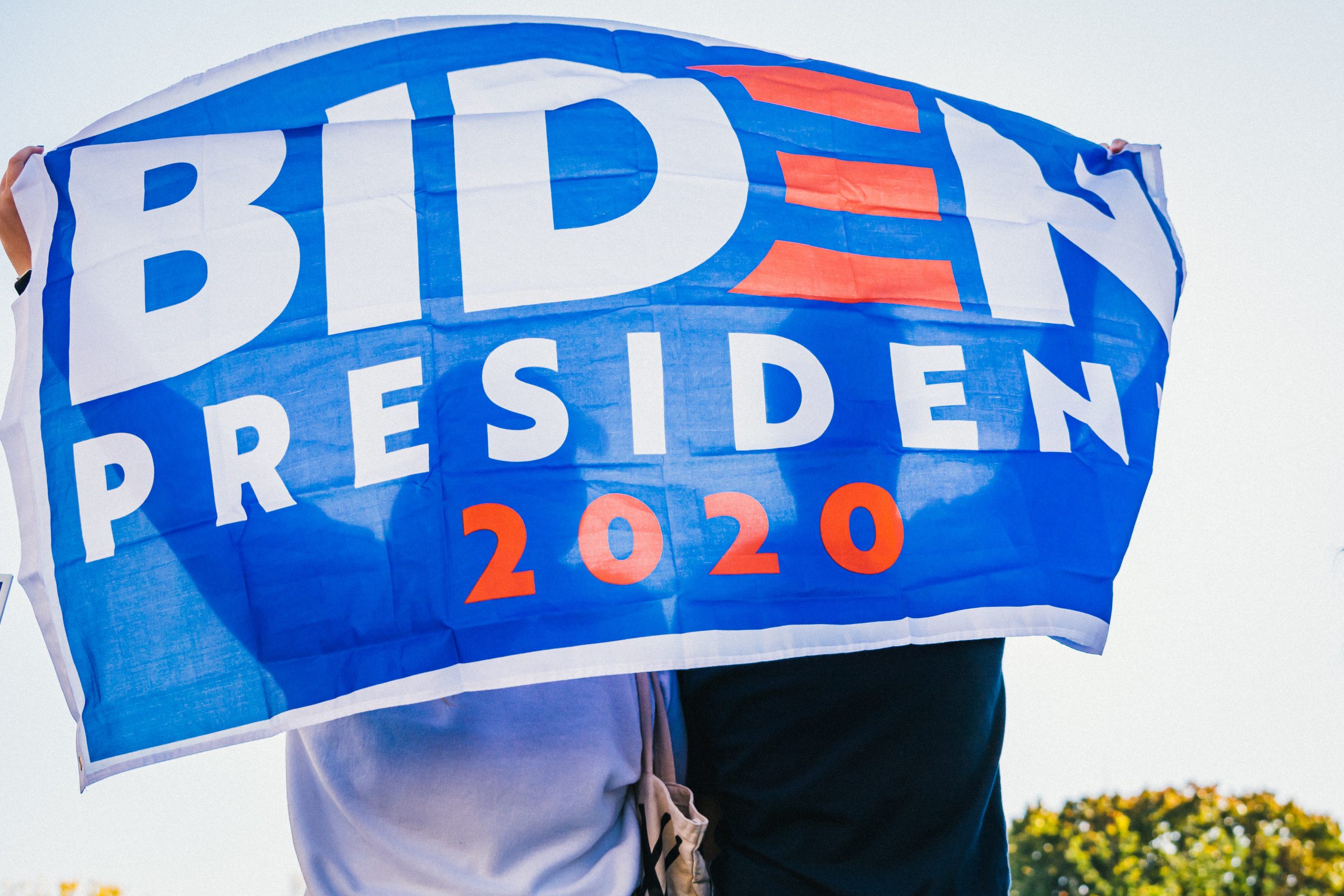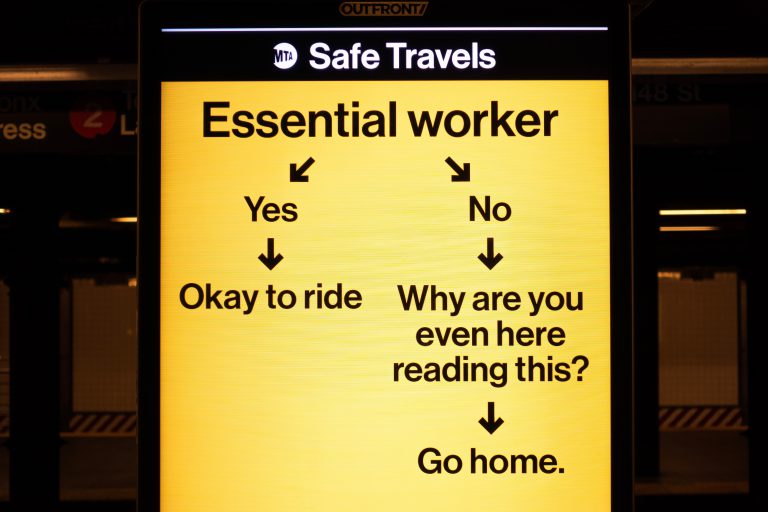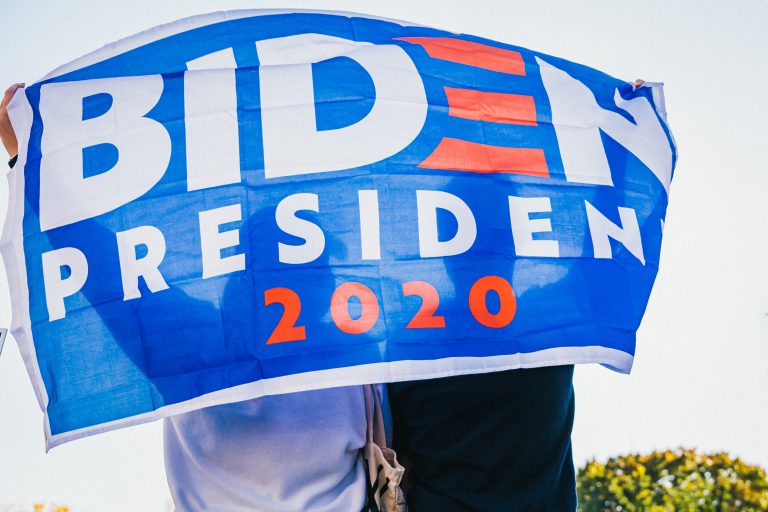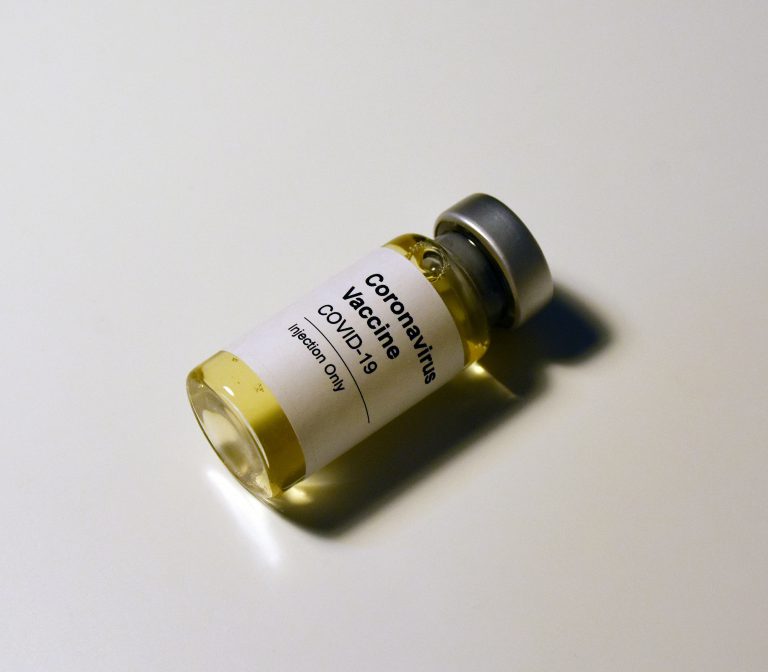Health is one of every individual’s main priorities, and so should it be for the entire nation. Having national health policies, strategies, and plans helps a country define its vision, directions, and action plan to ensure its population’s health.
A recent announcement declared that President-elect Joe Biden allotted $1.9 trillion for their COVID-19 relief plan. This article will break down the program and what people should expect from it.
Joe Biden’s COVID-19 Relief Plan
The incoming president’s proposed relief plan involves:
- Providing more support for COVID-19 vaccine production, testing, and distribution
- Giving aid to affected families and businesses
- Offering financial support to local and state governments to protect healthcare workers and prevent layoffs
Allotted $20 Billion for National Vaccine Program
One of the main problems that the Department of Health and Human Services (HHS) recognized is the uncoordinated vaccine distribution effort in local communities. As per HHS Secretary Alex Azar, there was a slow rollout of vaccines, and states were too selective with who had access to these vaccines.
The federal government previously relied on local governments for vaccine distribution. However, it will now partner with all states and local governments to bring the vaccine to the public. Given the $20 billion budget, the plan is to launch community vaccination centers nationwide. The government will also produce mobile vaccination units to reach far-flung areas. These will give people who cannot afford to go to the community centers access to the vaccine.
The plan is to ensure that all these centers and mobile units will have the adequate equipment to provide vaccines to everyone in their respective communities.
The $50 Billion Testing Program
The newly-elect US president also aims to speed up COVID-19 testing. This budget is intended for buying more rapid tests and making them available to more people. Knowing whether you have the virus is the first step in preventing further spread.
Additional Workforce
Included in the plan is the hiring of more public health workers. The federal government’s goal is to employ 100,000 more people to help local communities, both in contact tracing and vaccine distribution.
The $40 Billion Disaster Relief Fund
Since the beginning of the pandemic, hospitals have been having a hard time getting much-needed protection and supplies due to rising costs and limited availability. This situation put a strain on the healthcare industry.
As a response, the government will invest $30 billion in supplies and personal protective equipment for all hospitals. Another $10 billion will be used to fund domestic manufacturing of said supplies to limit the country’s dependency on foreign provisions.
Conclusion
The battle against COVID-19 is still ongoing. Countries need to be strategic and act quickly to prevent the further spread of the virus and economic recession. For the United States, the allotted $1.9 trillion in the budget is a step in the right direction. Although the incoming president is aware of the potential debt problems, he considers health an immediate and high priority.
For more healthcare news, tune in to Dose of Healthcare. This site is dedicated to bringing you the latest information about the healthcare industry. Follow our social media pages to stay updated.
















